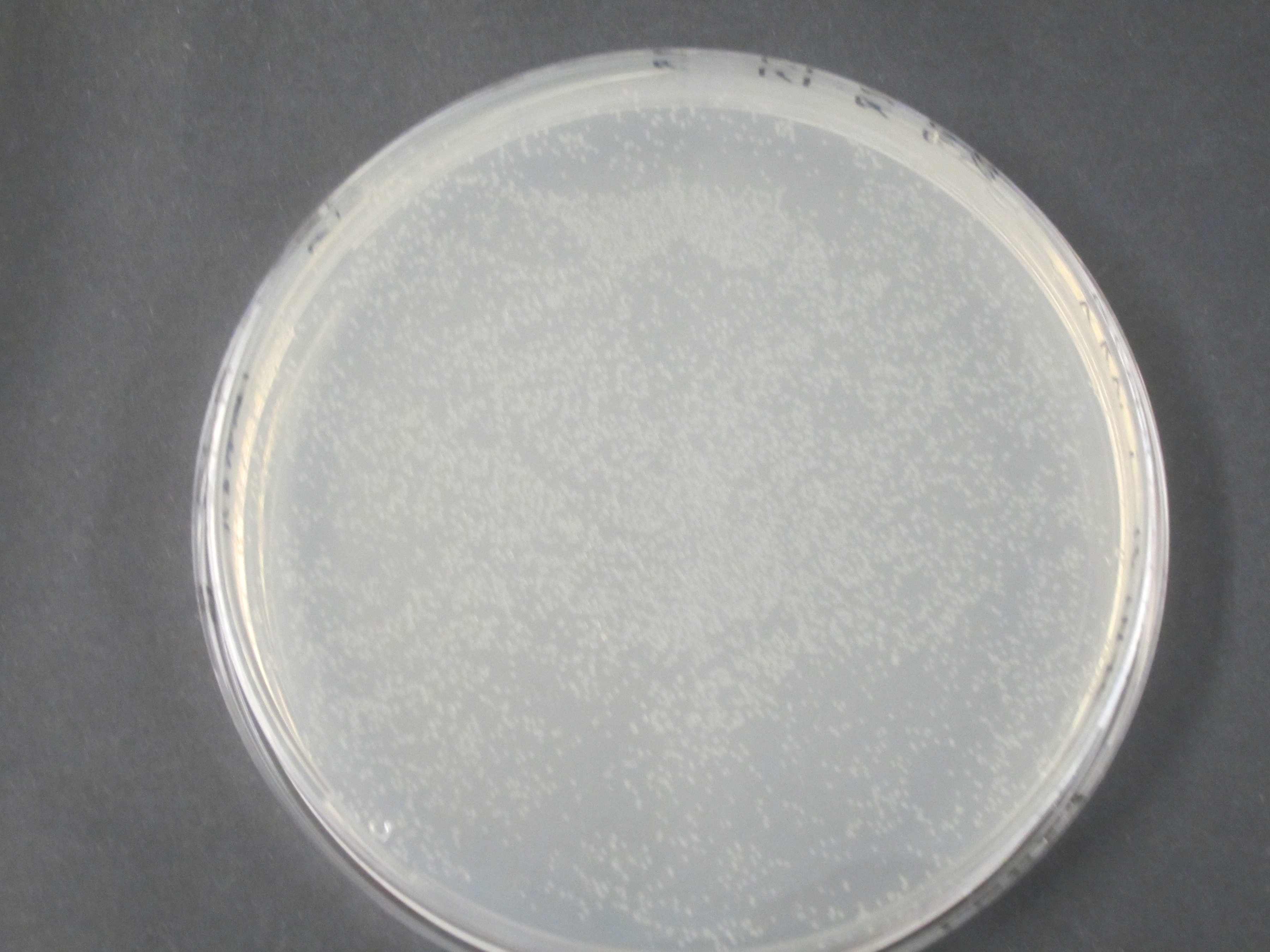Team:University College London/Research/MarineBacteria
From 2012.igem.org
Sednanalien (Talk | contribs) (→Transformation of Marine Bacteria) |
|||
| Line 49: | Line 49: | ||
== Transformation of Marine Bacteria == | == Transformation of Marine Bacteria == | ||
| - | [[File:UniversityCollegeLondon_O_Indolifex_Transformed.JPG]] | + | [[File:UniversityCollegeLondon_O_Indolifex_Transformed.JPG|400px]] |
{{:Team:University_College_London/templates/foot}} | {{:Team:University_College_London/templates/foot}} | ||
Revision as of 22:58, 26 September 2012
Contents |
Marine Chassis
Roseobacter clade bacteria
In consultation with Paola R. Gomez-Pereira of the National Oceanography Centre, Southampton, we identified Oceanibulbus indoliflex and Roseobacter dentitrificans as promising chassis for the expression of our system.
The roseobacter clade bacteria, RCB, constitute a significant proportion of coastal and mixed layer ocean bacterioplankton communities, upwards of 15 and 20% respectively, and are found in a diverse range of marine habitats. RCB demonstrate numerous traits, including aerobic anoxygenic phototrophy, implication in carbon monoxide consumption, aromatic compound degradation and recycling of sulphur within the water column. (Wagner-Döbler & Biebl 2006).
Significantly, they are shown to be major colonisers of submerged surfaces in marine waters. (Dang & Lovell 2002).
Transformation Protocols
Transformation of Oceanibulbus Indoliflex by chemical and electrocompetency methods. Chemically competent cells were prepared using the following protocol:
Electrocompetent cells were prepared according to the following protocol: Adapted from outlined by Piekaski et al 2009.
45mL Marine Broth was inoculated with 2ml of an overnight culture of OI (in 5ml Marine broth) and grown to approx 0.5 Absorbance at OD 578.
10mL volumes were transferred to 50 mL falcons and cells were sedimented for 15mins at 3200 x g in a pre-chilled centrifuge.
Cells were washed 5 times with 10% (v/v) glycerol, and finally resuspended in 400uL 10% (v/v) glycerol.
50uL aliquots were made and stored at -80C.
Electroporation
Electroporation was carried out using a biorad: Field strength: 1.5-2.0 mV
Incubated overnight at room temperature at 200rpm for repair of antibiotic resistance genes and subsequently plated on marine agar supplemented with appropriate antibiotics. Incubated at 30C for 2 days.
Growth comparison
Growth comparison of Oceanibulbus indoliflex and Escherichia coli in marine and luria broth We sought to compare the growth profiles of O. indoliflex and E. coli. Data goes here:
 "
"
